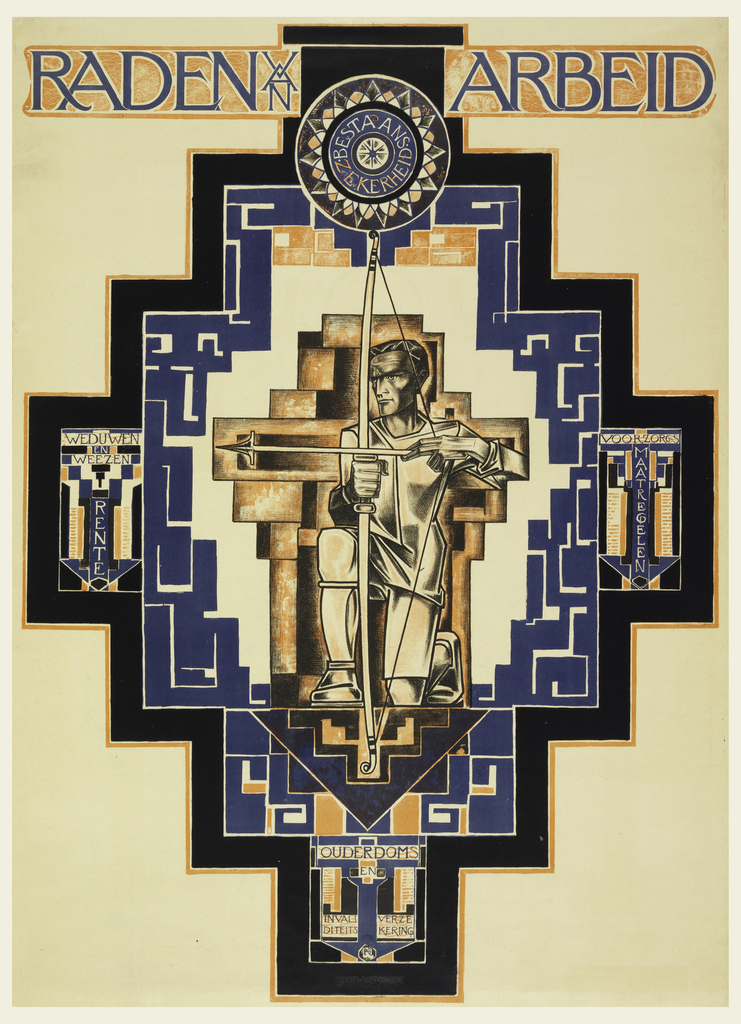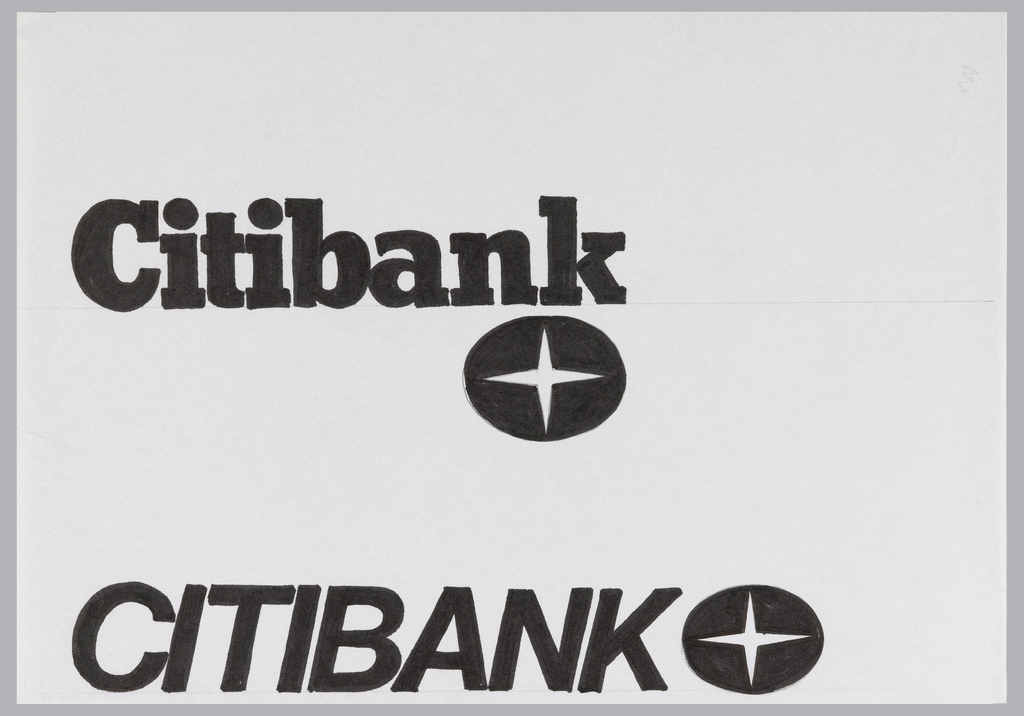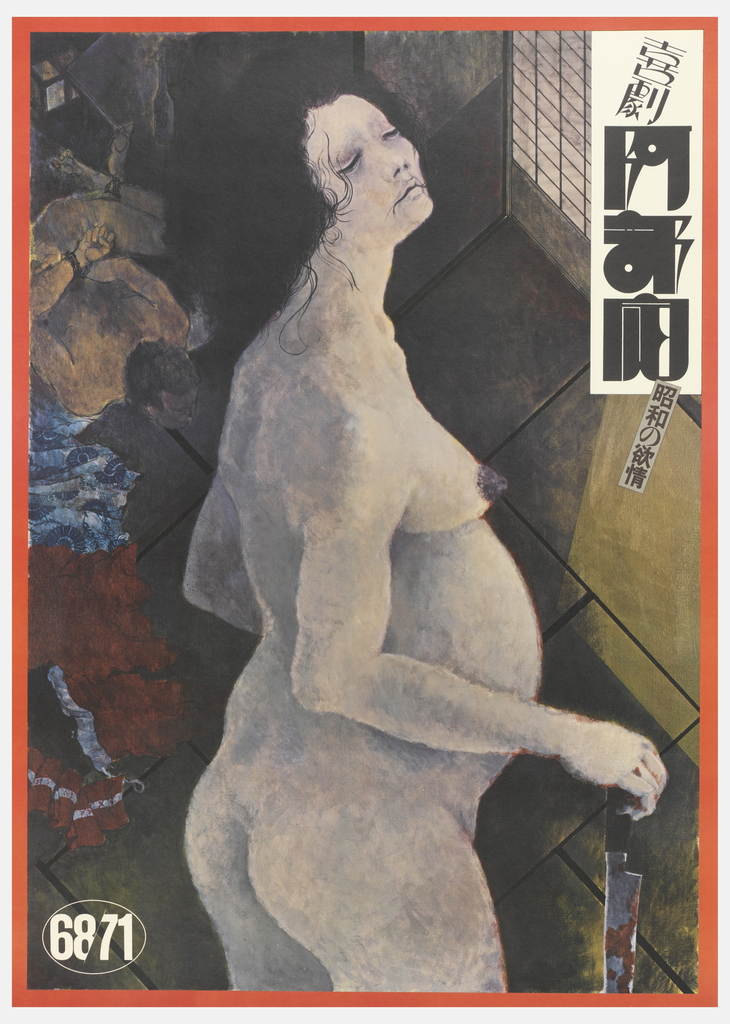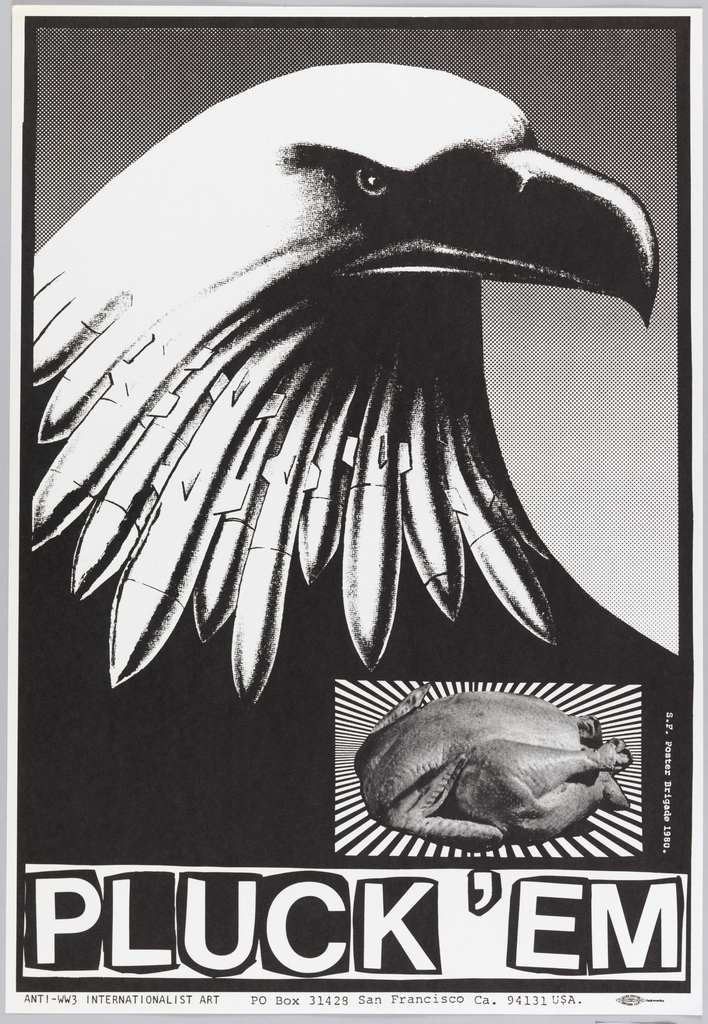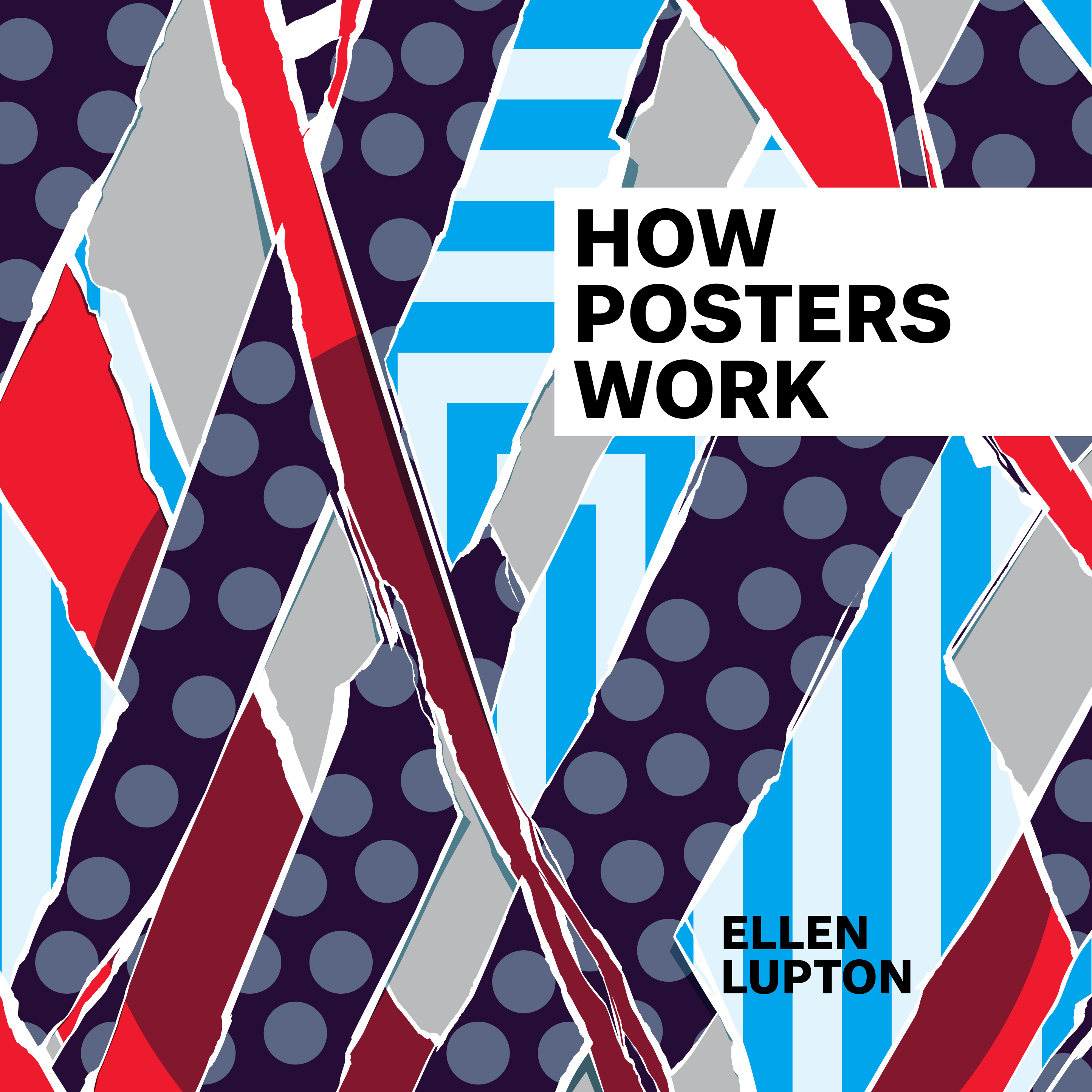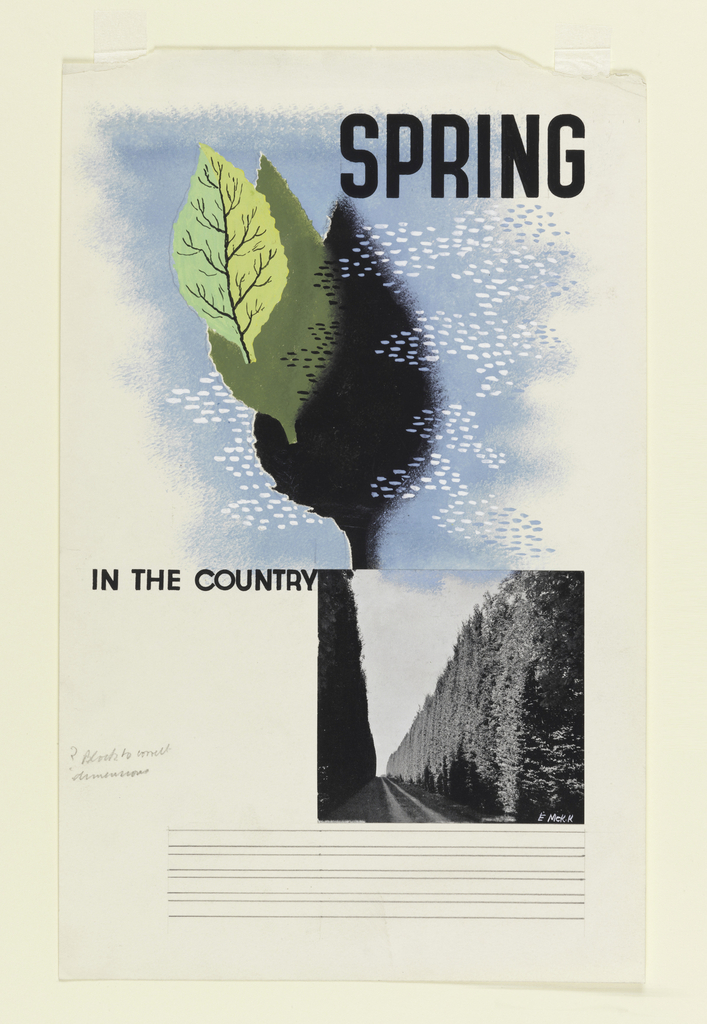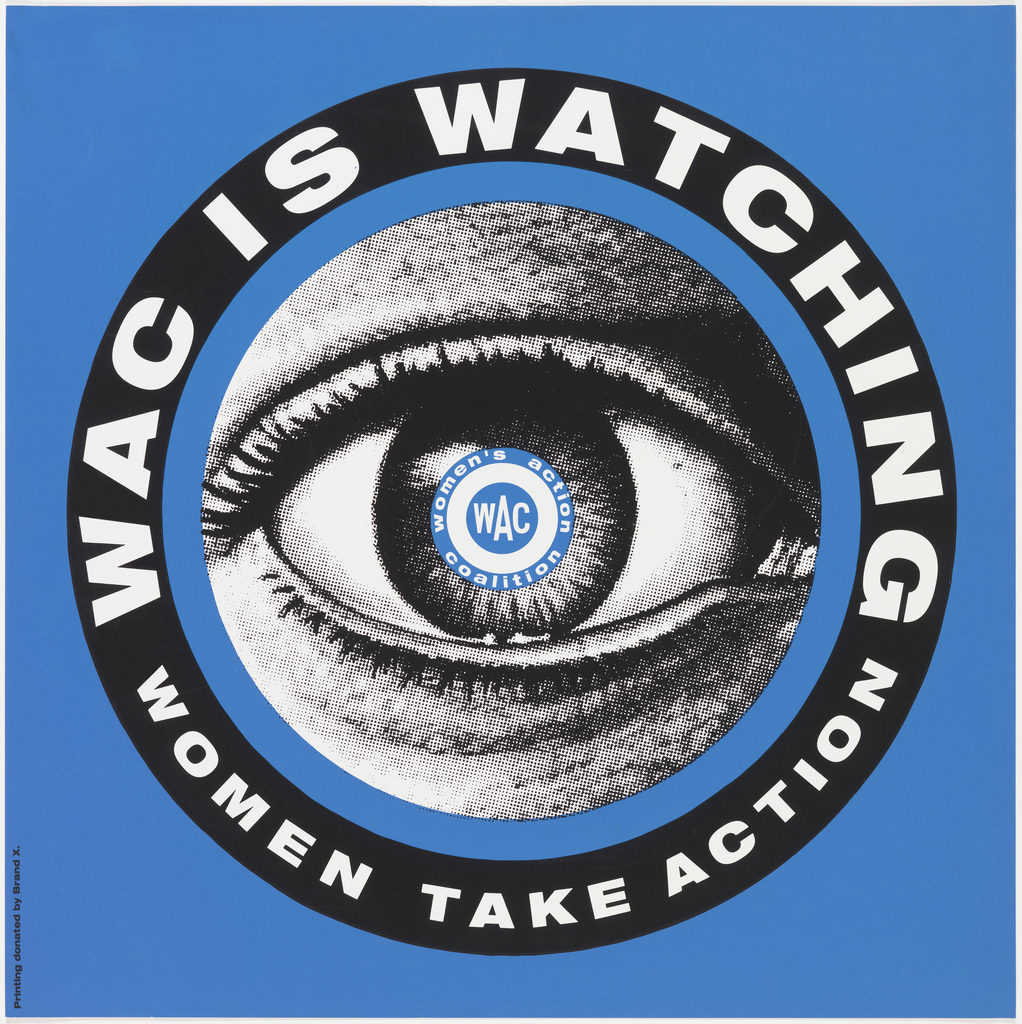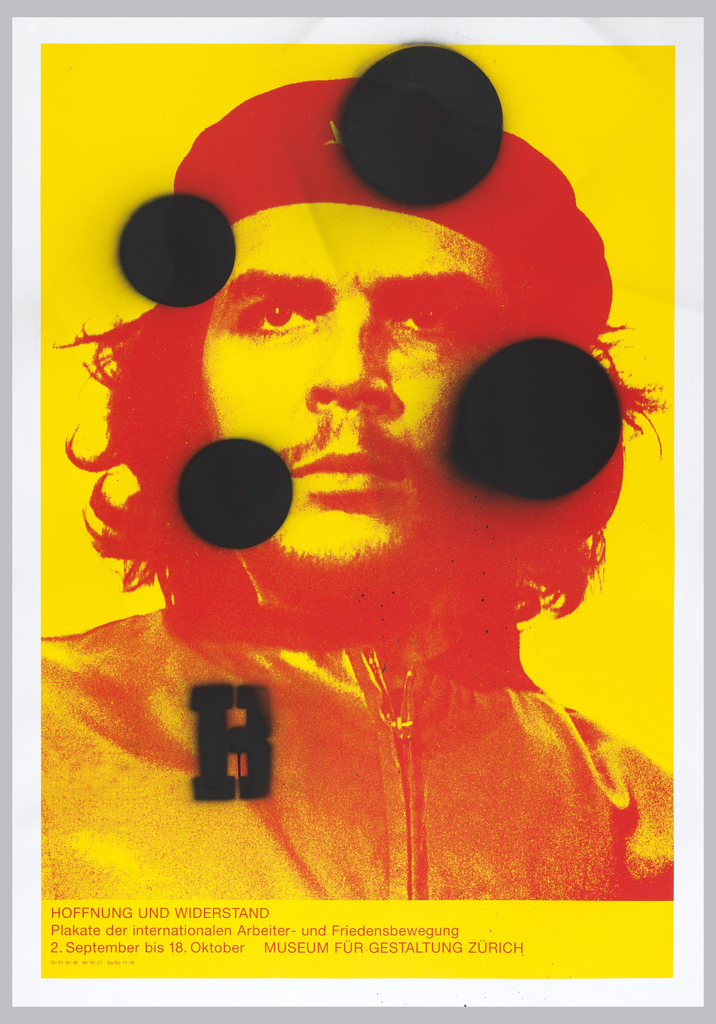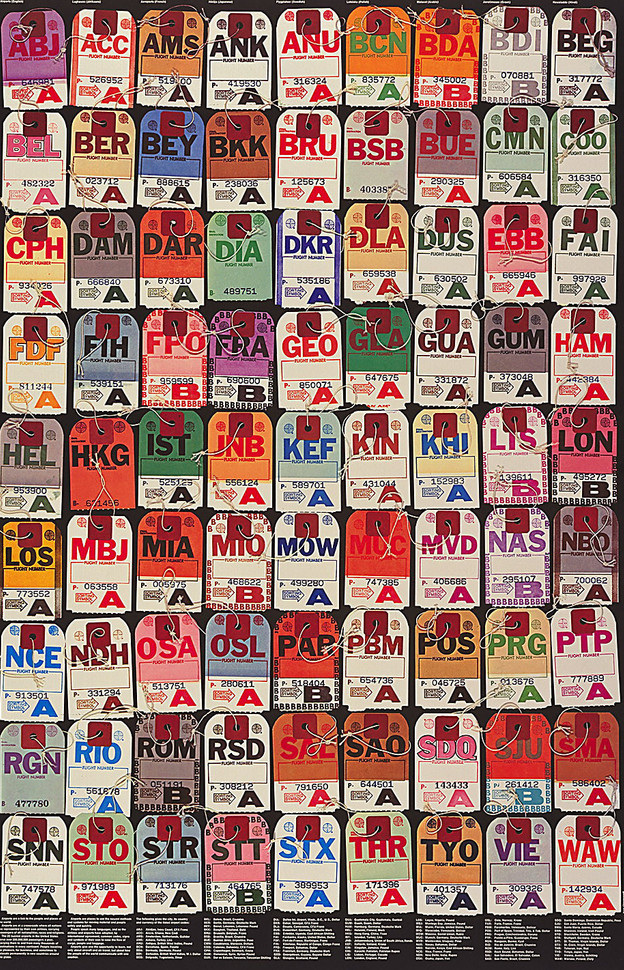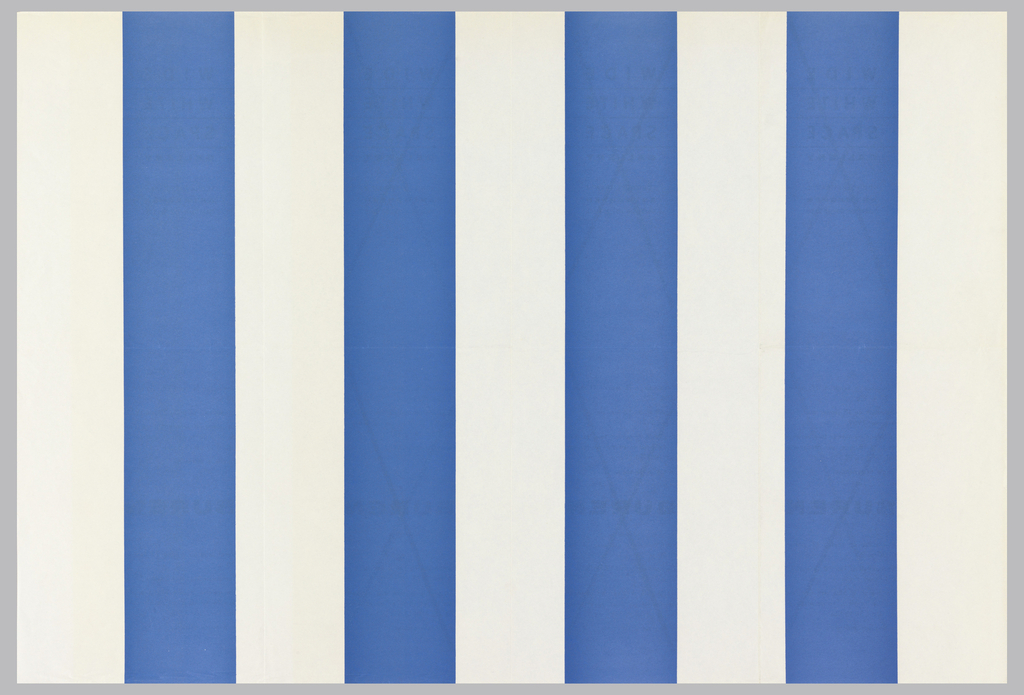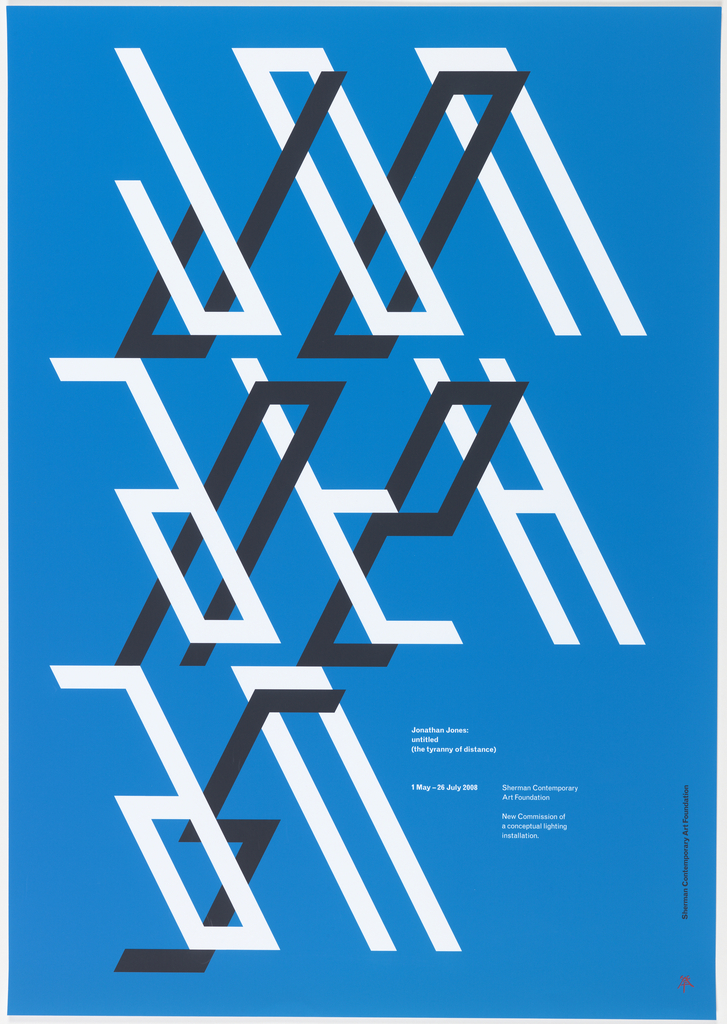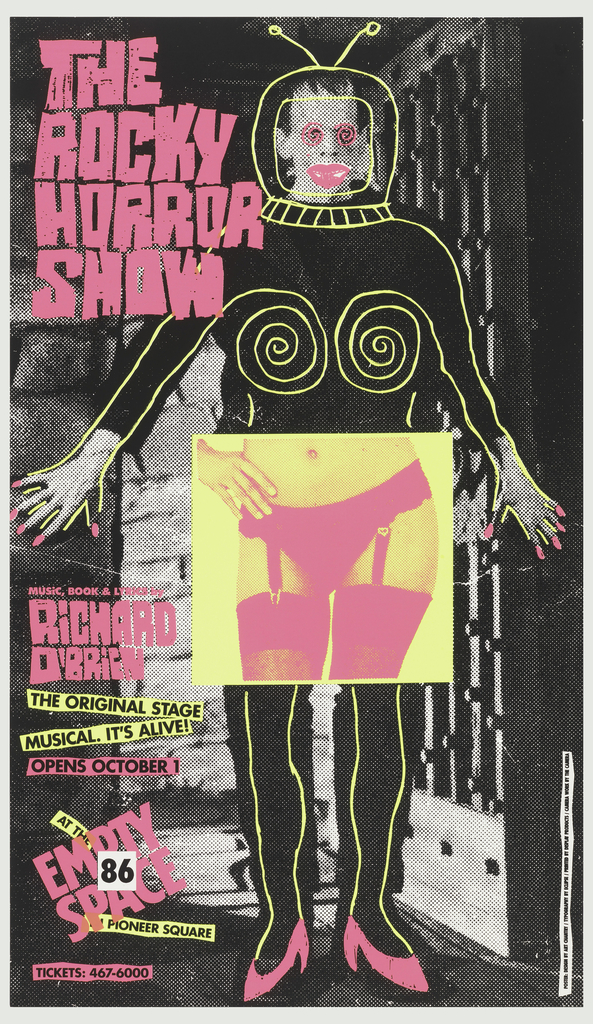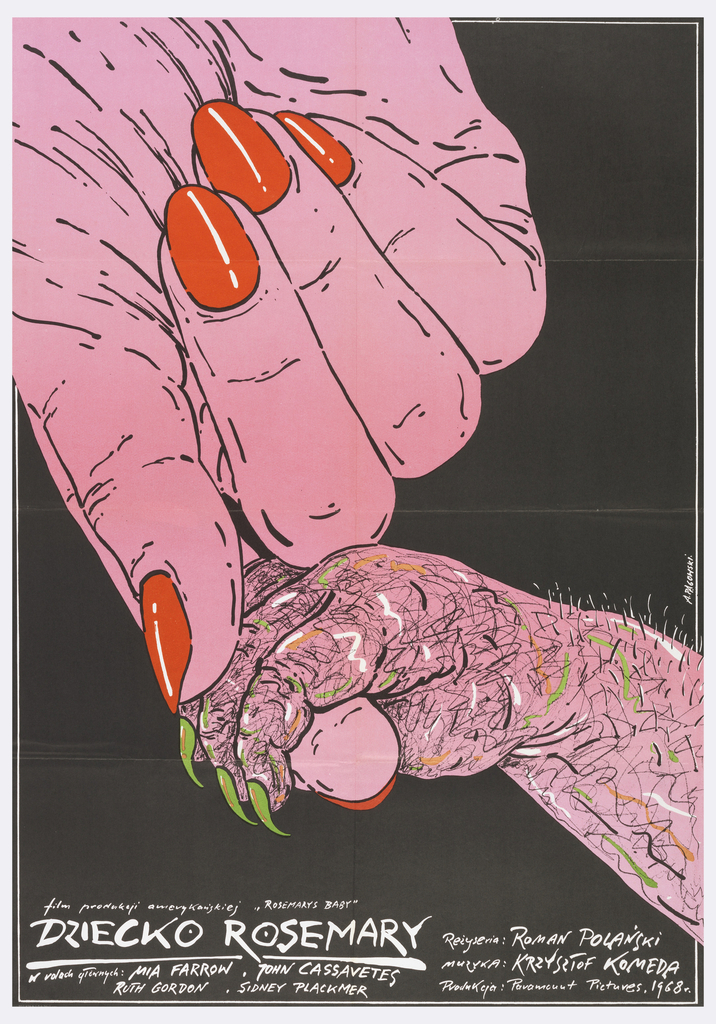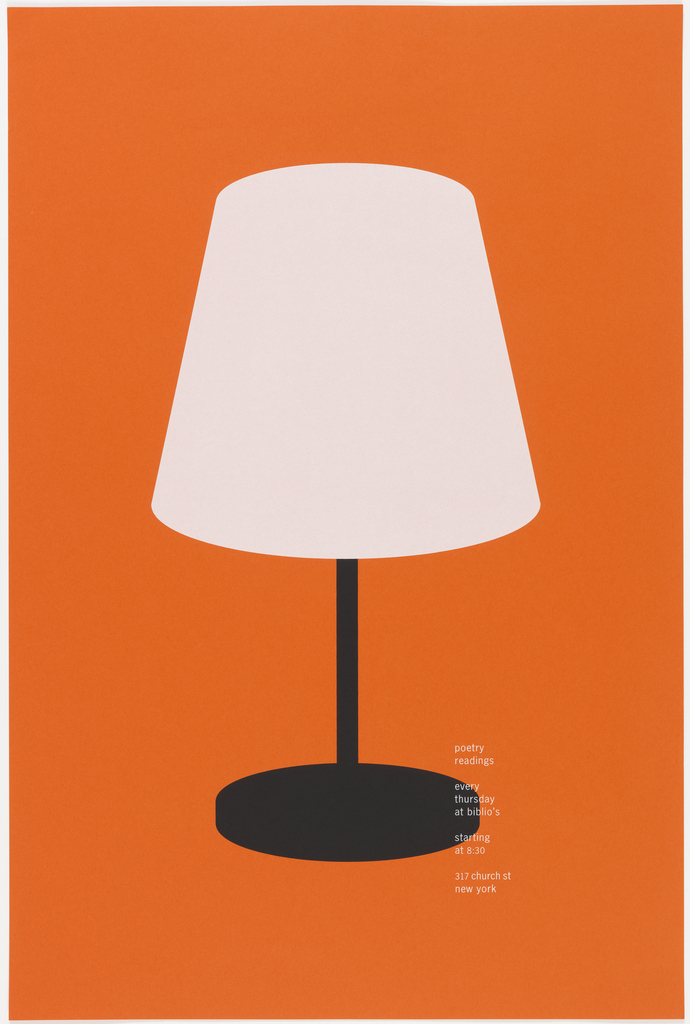Streamed live on September 26, 2015. Graphic designer Philippe Apeloig speaks about his work and methodologies in today’s rapidly changing world of graphic design. A fascinating conversation about design, typography, branding, digital media, and global practice.
Aim—pull—release! This archer draws back his bowstring and prepares to shoot. Peering into the distance, he points his arrow off the poster’s printed page. But designer Richard Roland Holst leaves no doubt about his target: a bullseye hovers just above his head, bearing the Dutch words for “Livelihood.” In this poster promoting the Labor Board...
The Citibank logo is a familiar sight to every New Yorker. On the average ten minute walk through midtown Manhattan you might encounter the iconic red umbrella logotype half a dozen times, the friendly san serif letters decorating bank buildings, ATMs, and rentable bikes. The current Citi logo was designed in 1998 by Paula Scher,...
This is a poster for a stage play called Abe Sada (阿部定) performed by a Japanese experimental theatre company called Black Tent Theatre in 1973. The story of the play is based on a true murder case that rocked Japan in 1936, a notorious crime that is the central focus of the poster. At first...
Fearing the Nazis were secretly producing atomic weapons, President Roosevelt collaborated with Canada and Britain to launch the Manhattan Project in 1942, an experimental nuclear weapon initiative.[1] The Manhattan Project was, by morbid standards, “successful”; the only two nuclear attacks in the history of the world were executed by the United States in August of...
Whether an advertisement or call to action, posters have long been used to grab a viewer’s attention. Spanning over a century of graphic design from the collection, How Posters Work, an exhibition here at the Cooper Hewitt (May 8 – November 29, 2015), celebrates the form by considering how designers turn a creative idea into...
Many graphic designers have explored the graphic possibilities of lithography by combining it with photography. Among those was E. McKnight Kauffer, an American designer who moved to London just before the First World War and stayed until the advent of the second. Kauffer often combined illustration with halftone reproductions of photographic elements, and he remained committed...
Founded in 1992, the Women’s Action Coalition (WAC) staged public demonstrations or “actions” to raise the visibility of women in art, culture, and society. The organization was founded in response to the Clarence Thomas/Anita Hill congressional hearings, which riveted national attention on sexual harassment. Many women in New York’s creative community took part in WAC,...
This poster for an exhibition about the history of political posters features a screenprinted image of Ernesto “Che” Guevara, the Argentine revolutionary whose face became synonymous with leftist oppositional movements in the twentieth century. Variations of the poster were produced by directly spray-painting different messages and marks over Guevara’s portrait. Ellen Lupton is Senior...
Ivan Chermayeff’s famous poster uses a system of found typography to represent the gathering of design professionals at the International Design Conference at Aspen. Chermayeff uses luggage tags to represent the array of countries from which the attendees hail. Ellen Lupton is Senior Curator of Contemporary Design at Cooper Hewitt, Smithsonian Design Museum and Director of the...
Conceptual artist Daniel Buren is known for his ongoing series of works featuring alternating white and colored stripes, 8.7 cm (3 2/5 in.) wide. These printed announcements for an exhibition in Belgium feature Buren’s signature stripes at full scale. Stripes like these are commonly seen on awnings and commercial signs in France. The evenly spaced...
Australian designer Mark Gowing explains that the repeating forms of his country’s minimalist landscape are manifested in his geometric compositions. This poster was designed to advertise a solo exhibition of the work of Jonathan Jones, a Sydney-based Aboriginal artist from the Kamilaroi/Wiradjuri nations located in South Eastern Australia. Jones’s work in sculpture and installation features fluorescent...
Art Chantry’s posters from the 1980s combine simple collage techniques with low-cost printing. Chantry often cut images out of magazines and catalogs, photocopying them to create high-contrast images that he could put together into arresting illustrations. Each poster uses mass media to comment on its own idioms. According to designer Art Chantry, this poster...
Andrzej Pagowski is a leading member of the third generation of the Polish School of Poster Art. By actively interpreting a subject with emotionally charged images, often drawn or painted by hand, these designers tell stories through the medium of the poster. Pagowksi created this poster for the Polish distribution of Roman Polanski’s legendary 1968...
Russian-born designer Alexander Gelman worked in the United States during the 1990s and early 2000s. His simple icons strive not so much to capture the essence of a subject, but rather to offer an off-kilter view of it. Here, a table lamp represents a poetry reading. The illustration is, one might say, beside the point....

